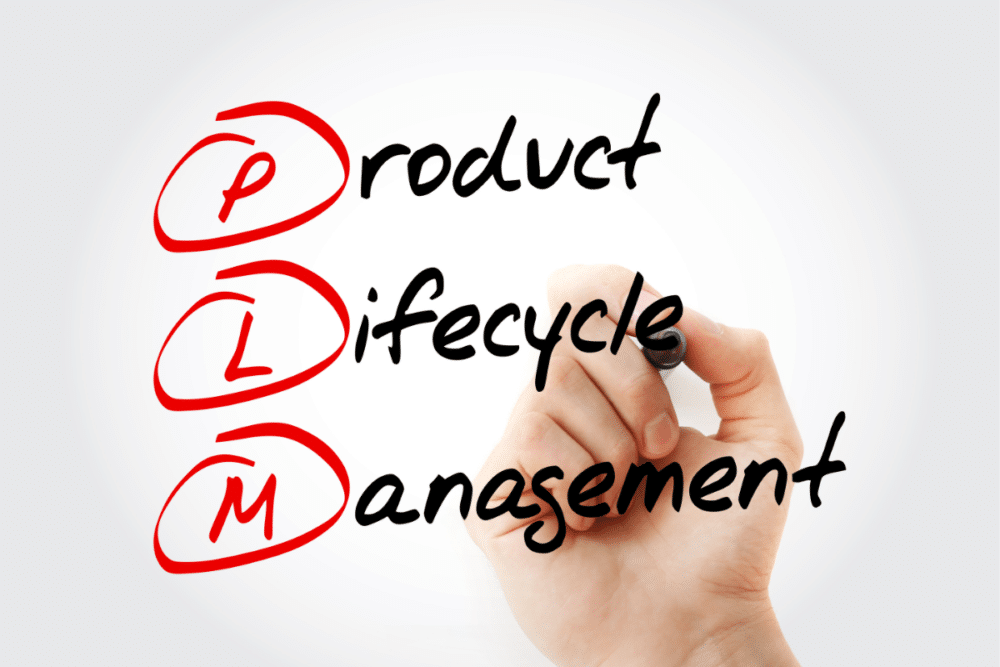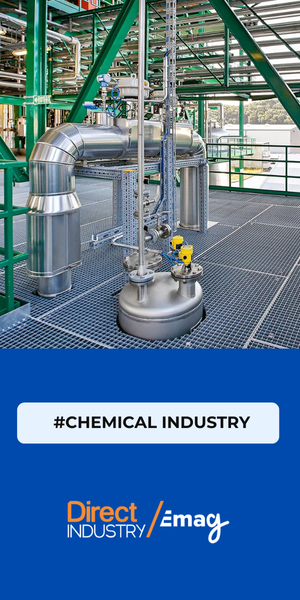The adoption of PLM by SMEs is skyrocketing, driven by the need for innovation and management of complexity. Cédric Kalifa, Country Manager of PTC France, explains why this trend is gathering momentum.
The product lifecycle management (PLM) market is expected to reach $58.17bn by 2032. According to a study by Fundamental Business Insights (2025), its rate of growth could even reach 9.4% between 2024 and 2032. This expansion is largely due to the increasing adoption by SMEs of a tool that was once reserved for “large” organizations. The question is why.
I see two main reasons. The demand for innovation (and when we talk about innovation in industry today, it does not just mean being more “creative” but also quicker to deliver new features). And a need to manage the complexity of products that now involve a whole series of mechanical, electronic, software and regulatory strands.
In other words, SMEs need digital technology to respond to their clients, be it the market or major groups.
The Data Headache
One of the key challenges for an SME is to centralize the management of its product data. This is, in a way, a prerequisite or a must-have for guaranteeing the traceability of components, and for interconnecting processes, from design through to production and marketing.
For a relatively small organization, the platformisation of its product saves time and reduces the risk of error. This can be seen in particular in the aircraft and car industries, which have strict conformity requirements. PLM systems help document each stage of production and guarantee compliance with current standards (such as IATF 1649).
READ ALSO
New Ways of Working
New ways of working have emerged, not just at company level but also within a global ecosystem. Collaboration takes place both inside and outside the company. It is therefore not uncommon for SME teams to open up their solutions to their suppliers or subcontractors.
This more integrated collaboration is possible thanks to the widespread use of the Cloud in PLM. It should also be noted that these same SMEs are also involved in the PLM of major aircraft and car industries, with a focus again on streamlined workflows and operational efficiency.
Regulatory Complexity
I have already alluded to regulatory complexity, which is obviously one of the reasons why PLM is becoming essential. The management of product data and of processes must be extremely rigorous.
- The aircraft industry: Standards such as AS9100 or the EASA (European Aviation Safety Agency) requirements call for complete traceability of product life cycles. Each stage of design, production and maintenance must be scrupulously documented.
- The car industry: Standards such as IATF 16949 or ISO 26262 (critical system safety) require comprehensive documentation of design changes and transparent collaboration with suppliers.
- The electronics industry: Environmental regulations (RoHS, REACH) or standard IPC-A-610 call for detailed tracking of materials and components, up to either disposal or recycling.
Centralizing data in a single system guarantees their accuracy and ensures their availability. It also facilitates regulatory audits or inspections. In concrete terms, PLM combines the automation of compliance-related processes, such as monitoring regulatory alterations (with alerts in the event of a change in standards to allow for design or production adjustments) and the producing of reports (generated in a few clicks from the compliance files).
READ ALSO
The Cloud as Game Changer…
Those were a few examples of reasons driving small organizations to adopt such solutions, but it is the Cloud that has enabled them to do so more easily. High IT infrastructure costs have been superseded by a more flexible subscription model that allows SMEs to get started without too much investment, while still giving them access to effective and secure tools.
Today, Cloud PLM is modular in design, so that teams only deploy exclusively the features they need for their business (document management, change management, etc.).
And Then There’s AI, of course…
PLM is designed to facilitate product lifecycle management by organizing and structuring data. AI strengthens this approach by providing enhanced analysis and automation capabilities. How does it do this?
- More efficient use of data through faster identification of duplicates and anomalies;
- Advanced data analysis to assess performance indicators more accurately (e.g. the time required for a given stage of a product’s life cycle);
- Simplified monitoring of compliance and approval processes in relation to the management of compliance validation, for speedier identification of the impacts of modifications along the entire product chain.
To conclude, we are once again seeing change in the world of industry, and this change is welcome… Digital innovations open up access to an essential tool that “small” manufacturers need in order to remain competitive, innovative and productive. With PLM, SMEs have a unique opportunity to optimize and to improve the reliability of their product management processes.






![Image [BUYING GUIDE] How to Choose the Right Industrial Robot?](/wp-content/uploads/sites/3/Industrial-Robot-320x213.jpg)

![Image [Buying Guide] How to Choose the Right Safety Shoes?](/wp-content/uploads/sites/3/Safety-Shoes-320x213.jpg)


![Image [Buying Guide] How to Choose the Right AMR?](/wp-content/uploads/sites/3/AMR-320x213.jpg)